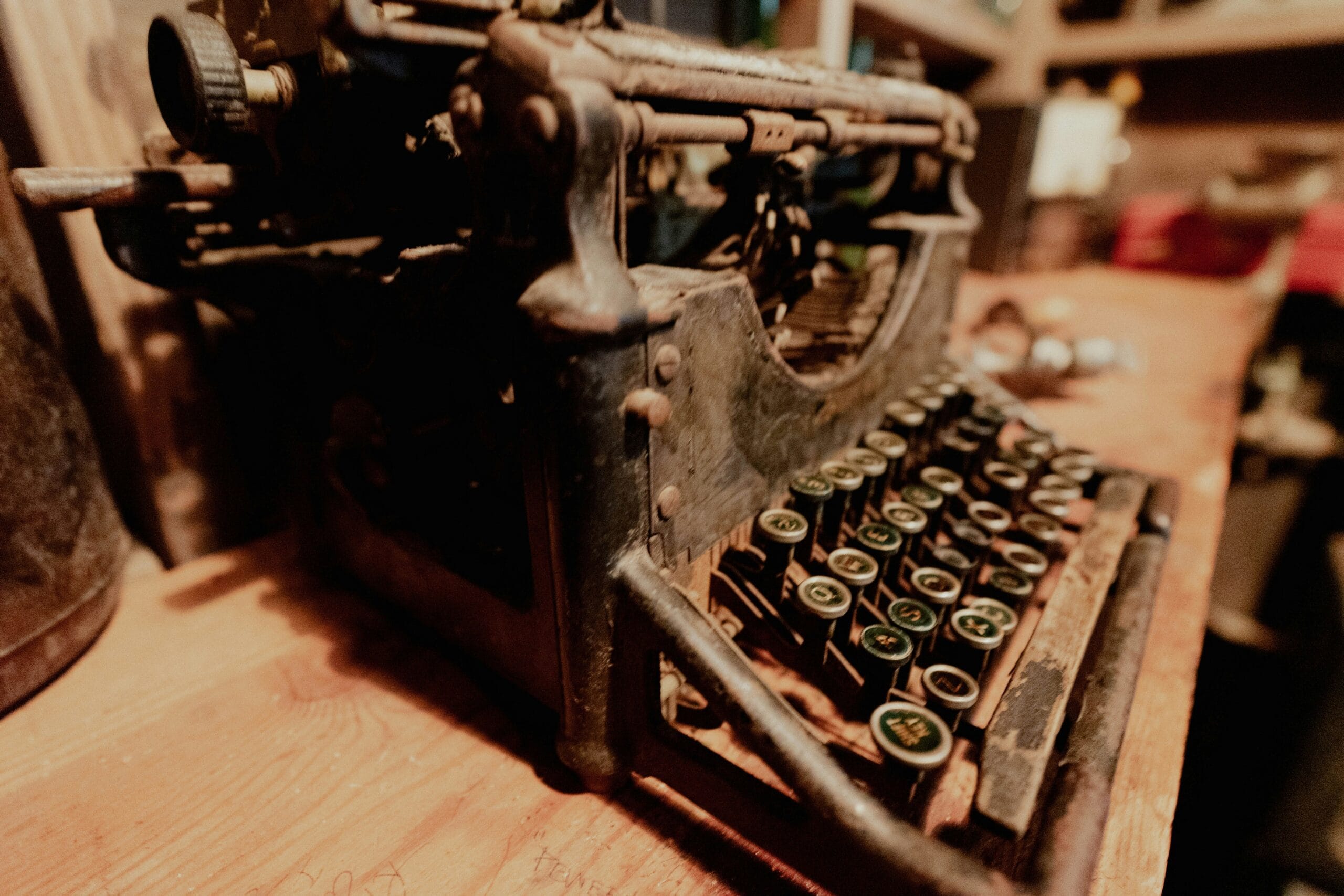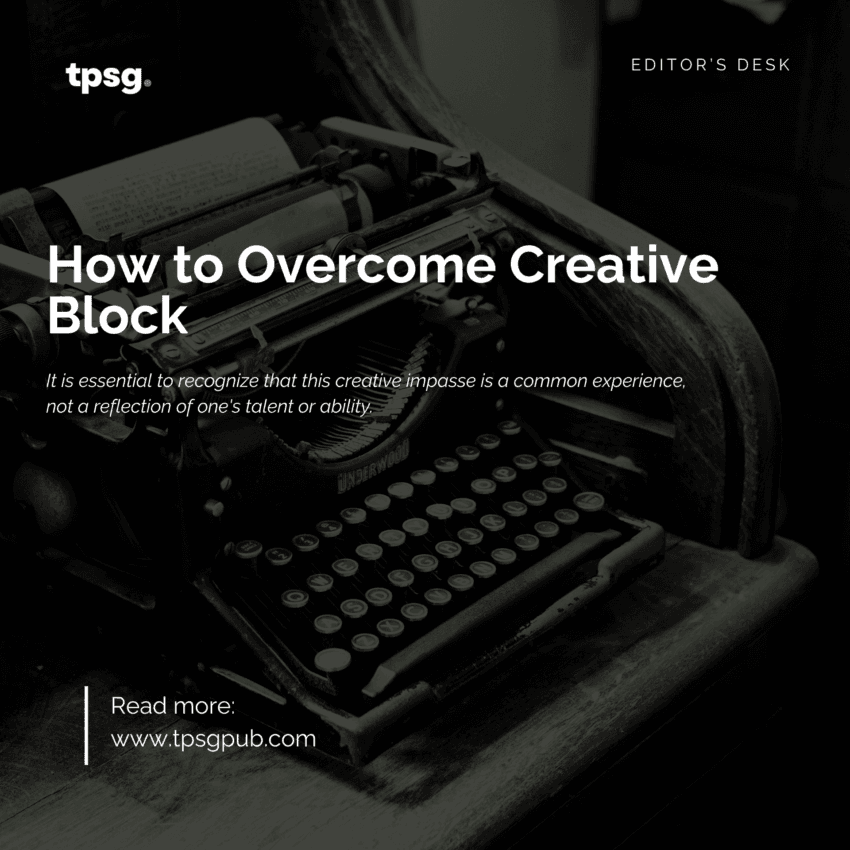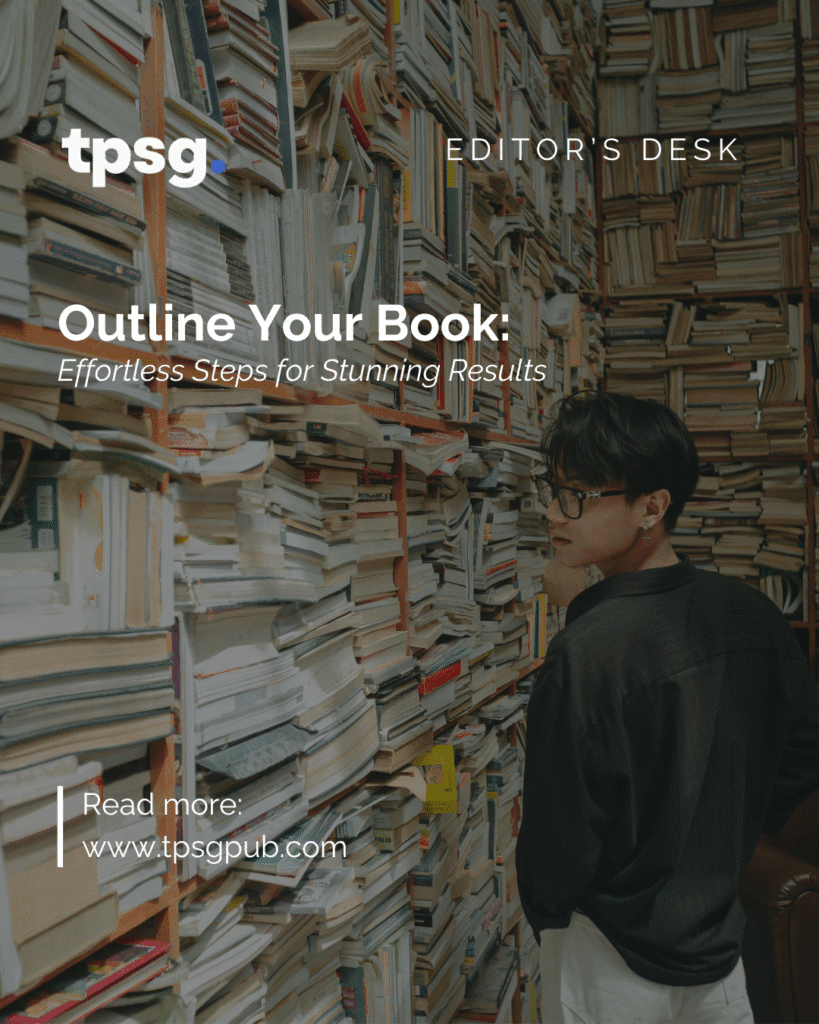Writer’s and artist’s block is a common phenomenon that many creative individuals face at various points in their careers. It can manifest as a complete inability to create, a lack of inspiration, or a feeling of self-doubt regarding one’s work. Understanding the causes of this block and exploring effective strategies to overcome it can help restore creativity and productivity.

Understanding the Causes of Block
Before delving into methods for overcoming this block, it is essential to grasp the underlying causes. The reasons can vary significantly from individual to individual, but some common factors include:
Fear of Failure: Many creatives fear that their work will not meet their own or others’ expectations, leading to paralysis in the creative process.
Perfectionism: The desire for every piece of work to be flawless can hinder progress, as the individual may become overly critical of their own efforts.
Burnout: Continuous pressure to produce can lead to exhaustion, making it difficult to generate new ideas or complete ongoing projects.
External Pressures: Deadlines, criticism, or personal circumstances can create stress that stifles creativity.
Strategies to Combat the Block
There are several strategies that writers and artists can implement to overcome their block. These methods vary in approach and can be tailored to fit individual needs and preferences.
1. Establish a Routine – Creating a consistent routine can provide structure to the creative process where setting aside specific times each day dedicated to writing or creating can help in developing a habit. Over time, this routine can become associated with inspiration and productivity.

2. Change the Environment – Sometimes, simply changing the surroundings can spark creativity, meaning that working from a different location, rearranging the workspace, or even taking a walk in nature. New environments can stimulate fresh ideas and perspectives.
3. Engage in Free Writing or Sketching – Free writing or sketching allows creative individuals to express their thoughts without judgement, hence, encouraging the flow of ideas without the pressure of perfection. The goal is to write or draw continuously for a set period, allowing the mind to explore freely.
4. Set Small, Achievable Goals – Breaking down larger projects into smaller, manageable tasks can alleviate feelings of overwhelm. By focusing on completing small objectives, creatives can gradually build momentum and regain confidence in their abilities.
5. Seek Inspiration – Inspiration can come from various sources, including reading books, watching films, attending art exhibitions, or engaging with other creatives. Exploring different artistic expressions can reignite passion and curiosity, leading to new ideas.
6. Take Breaks and Practice Self-Care – It is crucial for creatives to recognise the importance of rest and self-care since taking regular breaks allows the mind to recharge, and engaging in activities unrelated to the creative process can foster a fresh perspective. Activities such as exercise, meditation, or spending time with loved ones can be beneficial.
7. Collaborate with Others – Collaboration can bring new energy and ideas into the creative process. Working with fellow writers or artists can provide an opportunity to exchange ideas, gain constructive feedback, and motivate one another.
8. Embrace Imperfection – Accepting that not every piece of work needs to be perfect can be liberating. Embracing imperfection allows creatives to take risks and explore new avenues without the fear of making mistakes; this mindset shift can foster innovation and creativity.




